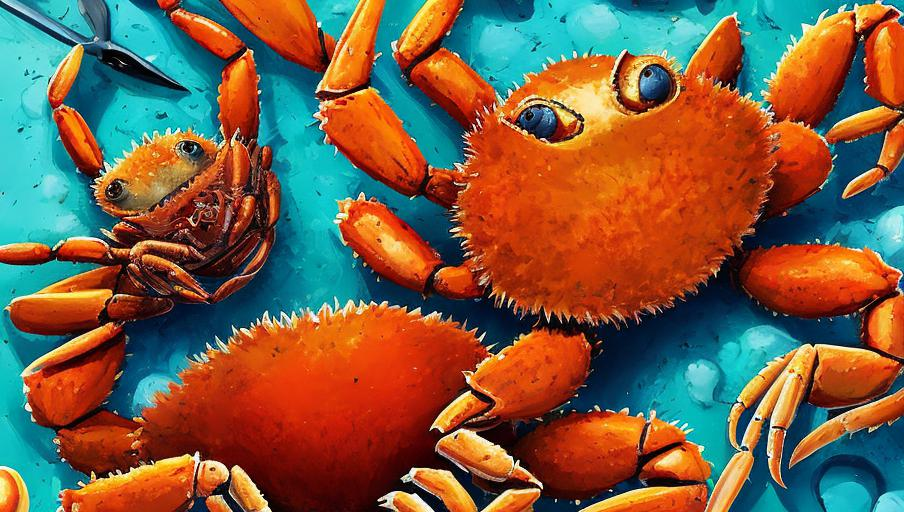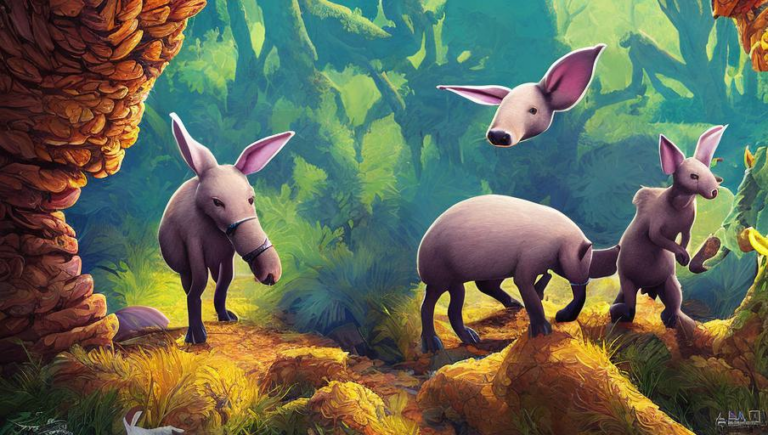Year-Round Crabbing: A Comprehensive Guide

Introduction
Crabs are a delicious, nutritious seafood that can be found all over the world. Their wide range of habitats and the ease of fishing for them make them an ideal food source for many people. However, crabbing is a skill that requires knowledge and patience, as the crabs can be difficult to catch. This guide will provide an overview of the basics of crabbing, as well as some tips and tricks that experienced crabbers use to make the most of their crabbing trips.
Best Time to Catch Crabs
The best time to catch crabs is typically in late spring and early summer. During this time of year, the crabs are more active and can be found in shallower waters. However, it is possible to catch crabs all year round, depending on the environment. In regions where the water doesn’t freeze during the winter, crabs can still be found in the colder months. Additionally, the availability of crabs will depend on the local regulations and the season, so it’s important to do your research before heading out.
Location
Finding the right spot is key to successful crabbing. Look for areas with a lot of structure like rocks, docks, reefs, and other areas where crabs can hide. In addition, look for areas that have tidal changes, as the crabs will move with the tide. Be sure to check the local regulations to make sure that the area you’re fishing in is open to crabbing.
Baiting and Equipment
Once you’ve found the right spot, you’ll need to choose the right baits and equipment. The type of bait you use will depend on the type of crab you’re targeting. Popular baits include fish parts, worms, and chicken necks. Additionally, you’ll need to choose the right type of equipment. There are two main types of traps: crab pots and trotlines. Crab pots are the most popular and are typically made of mesh and have a funnel-like opening that leads the crabs inside. Trotlines, on the other hand, are less common and consist of baited lines strung between two poles.
Setting the Trap
Once you’ve chosen your equipment and bait, it’s time to set the trap. With a crab pot, you’ll need to lower it into the water and attach a buoy to the top of the pot to mark the location. When using a trotline, make sure to string the bait along the line and then attach the line to poles on the shore. After the trap is set, the next step is to wait. It may take some time before the crabs are lured in.
Retrieving the Crab
Once the crabs are in the trap, you’ll need to retrieve it. When using a crab pot, you’ll need to pull it up slowly and carefully, as the crabs will be inside. When using a trotline, you’ll need to pull the line slowly and carefully, as the crabs will be hanging from the bait. Once the trap is retrieved, it’s time to check for crabs.
Releasing and Eating Crabs
Once you’ve retrieved the trap, it’s time to check for crabs. You’ll need to release the crabs that are too small, as they are still growing. Make sure to check the local regulations for the minimum size. Additionally, if you are eating the crabs, be sure to cook them properly to ensure that they are safe to eat.
Conclusion
Crabbing can be a rewarding activity that provides a delicious seafood meal. However, it requires knowledge and patience in order to be successful. This guide provides an overview of the basics of crabbing, as well as some tips and tricks that experienced crabbers use. With the right knowledge and equipment, you can make the most of your crabbing trips.





